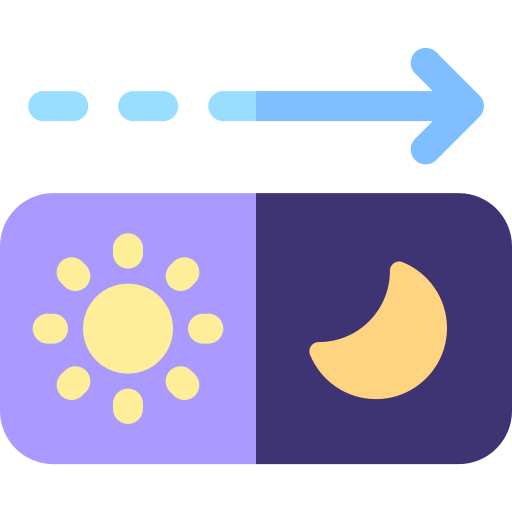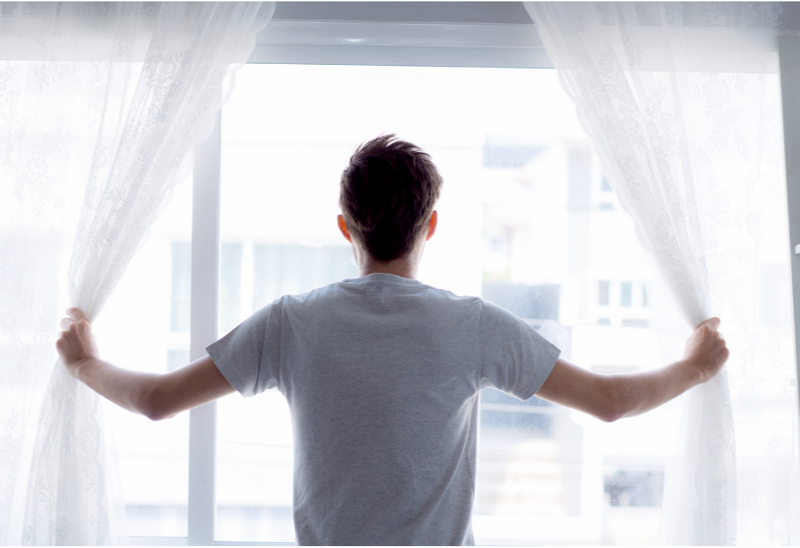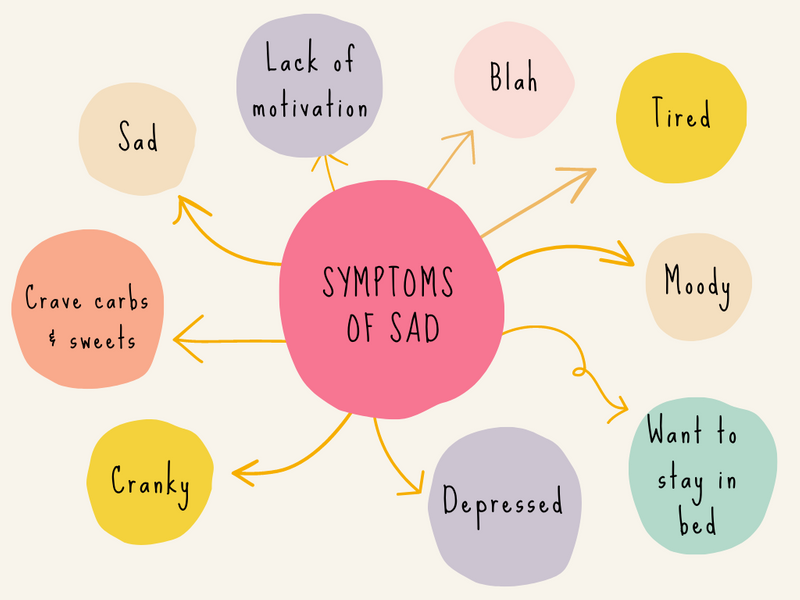
This logo isn't an ad or affiliate link. It's an organization that shares in our mission, and empowered the authors to share their insights in Byte form.
Rumie vets Bytes for compliance with our
Standards.
The organization is responsible for the completeness and reliability of the content.
Learn more
about how Rumie works with partners.
Does winter have you feeling like...
-- People illustrations by Storyset from Freepik
If you feel moody and listless every time winter rolls around, it's possible you have a form of depression called seasonal affective disorder, also known as SAD.
Who Gets SAD?

SAD is most common in regions of the world where light decreases during winter. People who already live with depression may see their symptoms worsen when light decreases.
The majority (80%) of people who have SAD are women.
In Canada, about 2-5% of the population have severe symptoms; 10-15% of the population have mild symptoms, and another 25-35% experience the "winter blues."
Quiz
Who is more likely to experience seasonal affective disorder?
SAD affects more women than men (80% vs. 20%) and is more common in regions that have less light in the winter, like Alaska.
Did you know?
Why Does It Happen?
While there's no exact reason people are diagnosed with SAD, the Mayo Clinic and NIMH suggest the following:
The changes in seasons disrupt some people's biological clock ("circadian rythm").
2. The season change can affect certain chemicals in the body, and this can impact mood and behavior negatively.
As a result of these chemical imbalances:
Serotonin, a brain chemical that affects mood, decreases.
Melatonin, a chemical that affects our sleep patterns and mood, increases.
Other Helpful Actions
Be sure to consult with your doctor or therapist to determine which treatment is best for you!
Take Action
For effective ways to alleviate the symptoms of SAD:

This Byte has been authored by
Mary Ellen D'Intino
Learning Designer | Licensed Social Worker
M.Ed., LSW
This Byte has been reviewed by
Yasmin R. Singh
RP (Qualifying), MA

